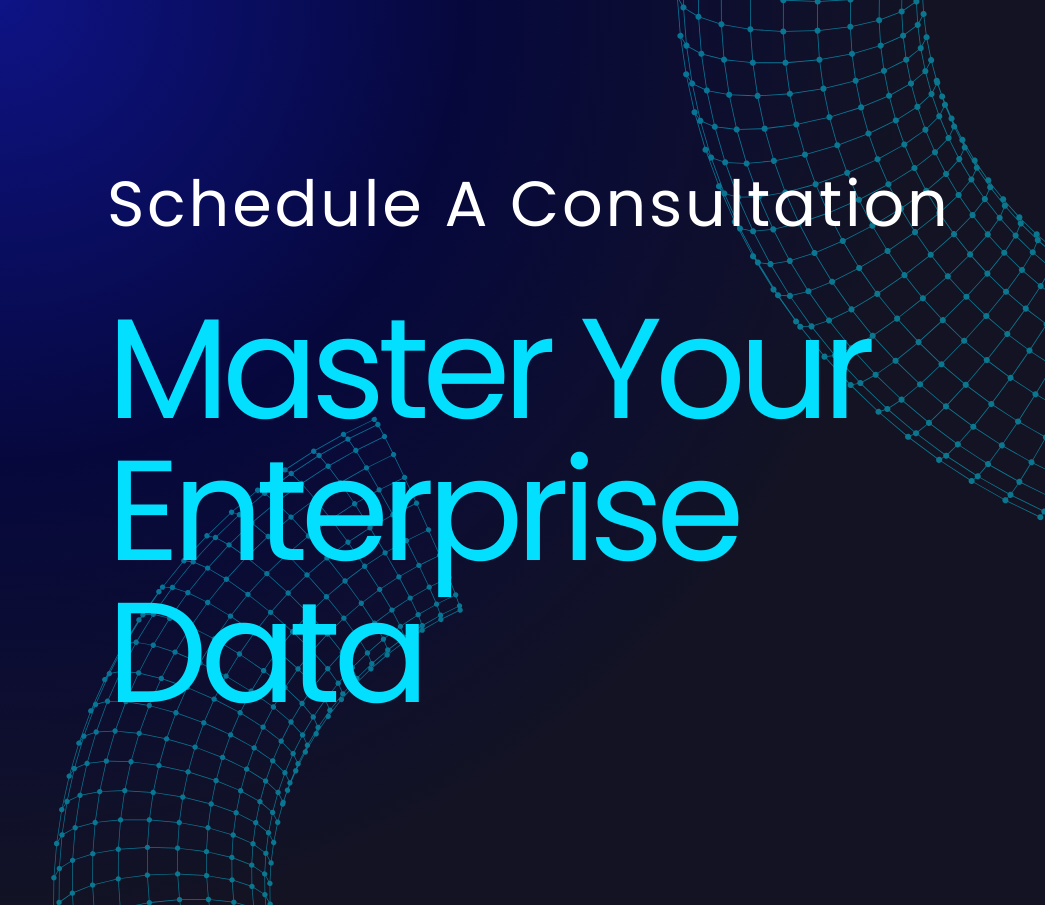In the rapidly evolving landscape of enterprise data management, the data lakehouse has emerged as a transformative architecture, promising to bridge the gap between traditional data warehouses and data lakes. This hybrid approach is not just a technological shift; it’s a paradigm change in how organizations handle, process, and derive value from their vast data assets. As businesses grapple with the exponential growth of data and the need for real-time analytics, the data lakehouse offers a compelling solution that combines the best of both worlds.
- The Encryption Paradox: Securing Data in a Borderless Digital World
- The Global Compliance Maze: Navigating Regulatory Chaos
- Architecting a Global Encryption Framework: Beyond Borders and Bits
- The Human Element: Training and Culture in Global Encryption Compliance
- The Encryption Ecosystem: Vendors, Partners, and Third-Party Risks
- Future-Proofing Your Encryption Strategy: Quantum Computing and Beyond
- Key Takeaways
According to a recent Gartner report, by 2025, over 80% of enterprises will have adopted a data lakehouse architecture, signaling a seismic shift in the data management ecosystem. This transition is driven by the pressing need for unified data platforms that can handle structured and unstructured data with equal proficiency, while providing the performance and reliability traditionally associated with data warehouses.
However, implementing a data lakehouse is not without its challenges. Organizations must navigate complex technical landscapes, address data governance concerns, and ensure seamless integration with existing systems. This comprehensive guide dives into the intricacies of data lakehouse architectures, offering insights into implementation strategies, best practices, and real-world case studies that illuminate the path to successful adoption.
Overview
- Data lakehouses combine data lake flexibility with data warehouse performance, revolutionizing enterprise data management.
- Implementing a data lakehouse requires careful planning, addressing challenges in data integration, governance, and scalability.
- Successful adoption hinges on choosing the right technologies, such as Delta Lake or Apache Iceberg, to ensure ACID compliance and efficient metadata management.
- Organizations must develop a clear migration strategy, often involving a phased approach to minimize disruption and maximize value realization.
- Data governance and security are paramount in data lakehouse architectures, requiring robust frameworks that span across diverse data types and sources.
- The impact of data lakehouses extends beyond IT, fostering a data-driven culture and enabling advanced analytics capabilities across the organization.


















